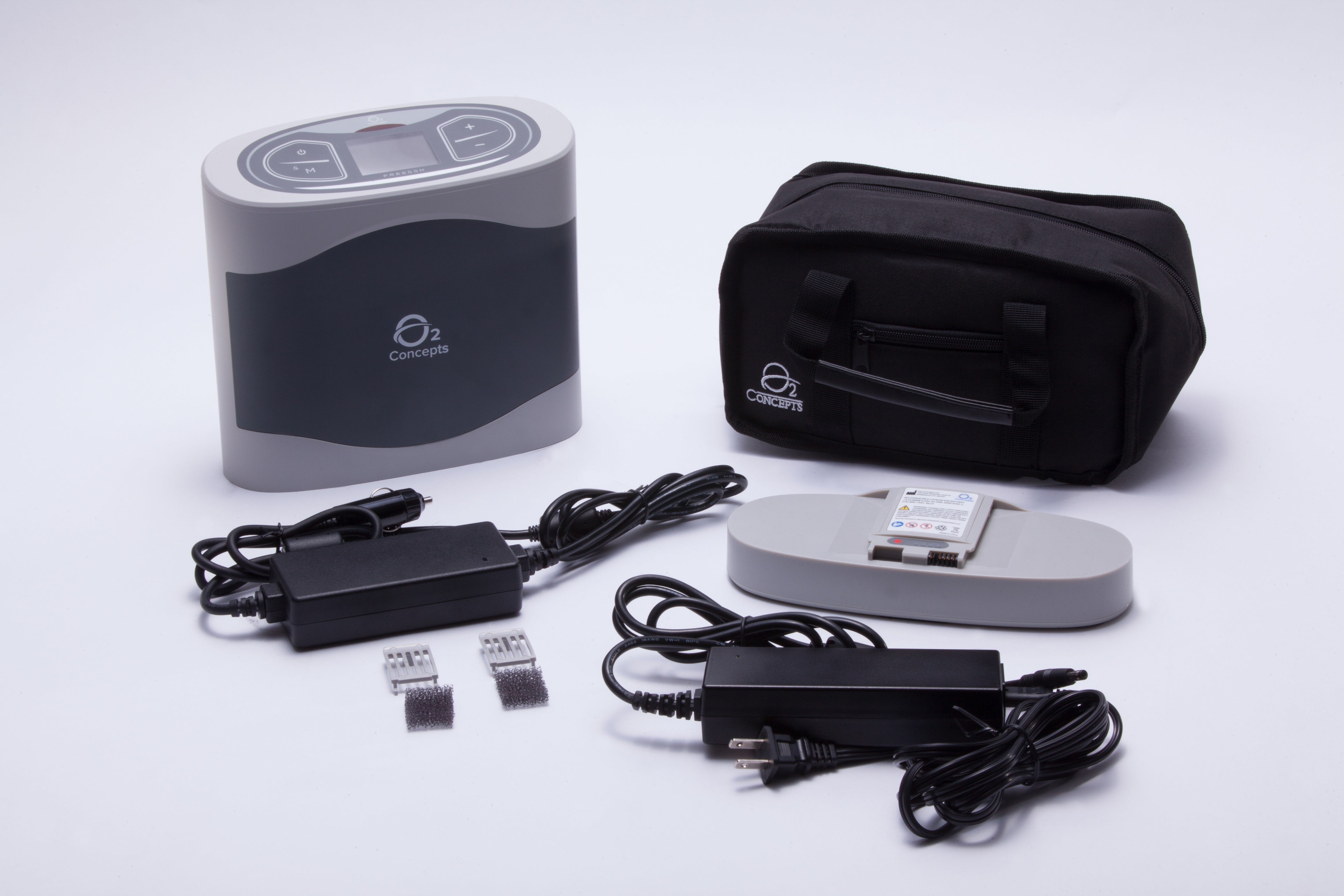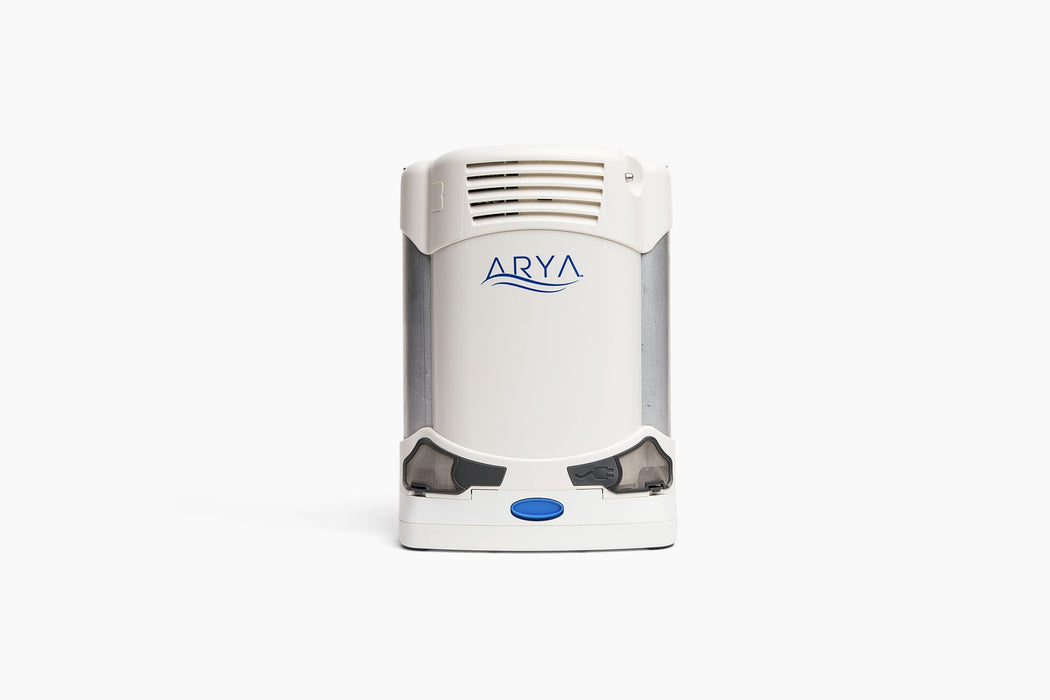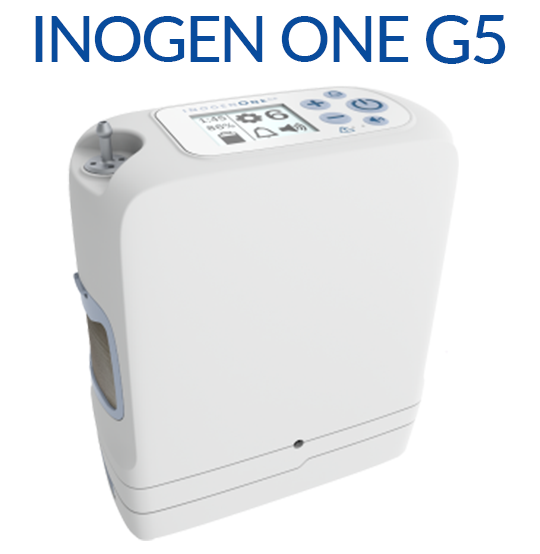Indicators on Portable Oxygen Concentrators You Need To Know
Wiki Article
An Unbiased View of Portable Oxygen Concentrators
Table of ContentsGetting The Portable Oxygen Concentrators To WorkPortable Oxygen Concentrators Things To Know Before You Get ThisSome Of Portable Oxygen ConcentratorsPortable Oxygen Concentrators Can Be Fun For Everyone
Stationary oxygen concentrators were once the requirement, but these storage tanks can weigh 50 extra pounds and were very difficult (Portable Oxygen Concentrators). Currently, mobile oxygen concentrators finish the job, and they can match a handbag or purse! The only thing you should keep in mind is that mobile concentrators have a lot more limited oxygen shipment capacitiesThere are 2 primary types of mobile oxygen concentrators: pulse dose and continuous flow. As the name recommends, pulse dose concentrators give oxygen intermittently, only activating when you inhale. This sort of gadget is usually suggested for COPD patients with restricted oxygen requirements, as the amount of O2 that a pulse dose concentrator can provide is fairly low.
This tool can provide up to 3,000 m, L of oxygen every minute, while pulse dose tools often tend to top out at 1250 m, L. Constant flow gadgets are the go-to for most COPD clients, as they're perfect for people who need two to 5 liters of oxygen a min.
Since you have this overview to the various sorts of portable oxygen equipments, pick the finest tool with the aid of your medical professional. You can discover our blogs to discover more concerning the sorts of mobile oxygen available and our other items, like tubing and cannulas. Or you can call us straight with any kind of details questions you could have.
The Definitive Guide to Portable Oxygen Concentrators
We asked yourself just how well these mobile oxygen concentrators would function in hospitals. POC concentrators boost the percentage of oxygen in ambient air individuals take a breath in, whenever they require an increase.When it pertains to mobile oxygen treatment, there are two major options for delivery. These are portable oxygen cyndrical tubes which include pressed oxygen gas, or oxygen concentrators, which utilize a battery powered system to press and filter air, in order to create a consistent supply of concentrated oxygen. In this message, AMS Composite Cylinders Technical Director, Tony Morrin, compares the two, considering the benefits and drawbacks of each oxygen delivery system for NHS clinical oxygen customers in regards to patient freedom.

Portable Oxygen Concentrator Oxygen purity is consistently greater when provided from cyndrical tubes it never goes down listed below 99. 6%, despite the circulation price called for. In battery-powered concentrators, purity is affected by circulation rate, and may be 90% or less, depending on the equipment. Whilst oxygen concentrators can be beneficial for patients that call for a reduced circulation of oxygen, cylinders give higher concentrations that can be better for people with high flow demands.
Not known Details About Portable Oxygen Concentrators
Both systems need the person to bring around equipment. For cyndrical tubes, this will certainly include carrying a bag (and occasionally a trolley) and for mobile oxygen concentrators this will consist of the bag, cart and power charger. Weight smart, mobile oxygen concentrators can be similar in weight, or in some cases, lighter than typical aluminium cylinder systems.
They will certainly need to boost substantially if they are to offer the exact same degree of efficiency as similar composite cyndrical tubes. Oxygen always brings a safety and security threat. On one hand, need to cylinders spring a leakage, they can develop an oxygen rich atmosphere that can result in a rise in fire risk.

The difference is that there are substantial upfront expenses to purchasing a portable oxygen concentrator, however reduced running expenses utilizing cyndrical tubes allows the buyer to spread out the expense over an extensive duration of time. One small drawback of a mobile oxygen concentrator is the noise portable systems click for more make a significant amount of noise during procedure, which lots of clients discover disruptive.
The 9-Second Trick For Portable Oxygen Concentrators

Our premium carbon composite cylinders offer high pressure (300 Bar), low weight, and NLL (Non-Limited Life) efficiency, and are accredited for use worldwide. More information concerning AMS Compound Cylinders Ltd can be located at .
Oxygen concentrators are developed with individual flexibility in mind. Whether it's a desktop computer version for home use or a smaller, light-weight model for on-the-go, these devices enable patients to relocate easily without being connected to a fixed unit. Especially for the ones especially created for portability, people can bring them around, facilitating traveling and everyday tasks effortlessly.
Among the significant conveniences of using an oxygen concentrator is the removal of the frequent demand to refill oxygen containers. This not just lowers the logistical difficulties and reoccurring prices web link connected with refills yet likewise guarantees that the user has a much more foreseeable and stable source of oxygen. Oxygen concentrators are created to fit flawlessly into the home atmosphere.
Report this wiki page